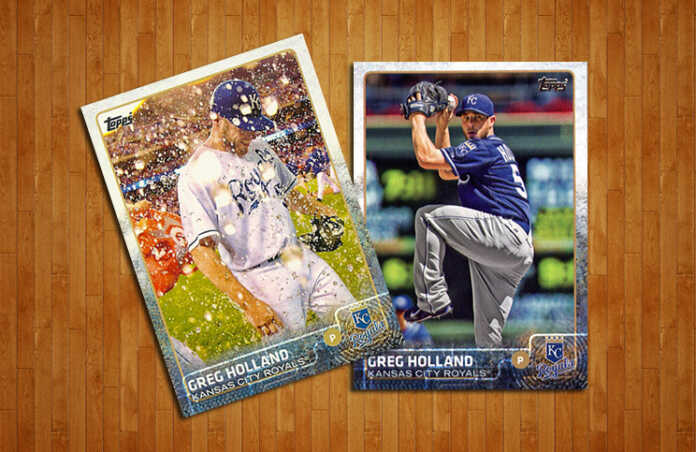
Sports cards and variations go back decades. However, in the early days, they weren’t intended to drive sales. More often than not, sports card variations were a result of oops moments that went on to be fixed in an ensuing printing. Today, it’s usually the opposite. A variation today is intentional.
Some of these work on certain levels. Others just bloat a checklist and cause unnecessary confusion.
And while they can manufacture buzz for some sets, we’re at a point where I think they are hurting brands with hopes of a short-term pop in sales and attention — especially when it comes to flagship Topps baseball.
A (Very) Brief and Unscientific History of Sports Card Variations
Before we catch up with the current state of variations, let’s go back in time. Variations have been around for a long time. Mistakes happen, so corrections were made. Or maybe a player was traded early on so a new card was made in a different print run. However, by the late 1980s, manufacturers were realizing that rarer versions could drive sales and bring added attention.
While some may have been the result of legitimate mistakes, it’s easy to get a little cynical when all of a sudden images were getting flipped and several styles of scribbles were used to block out a notorious case of bat knob cussing that slipped by.
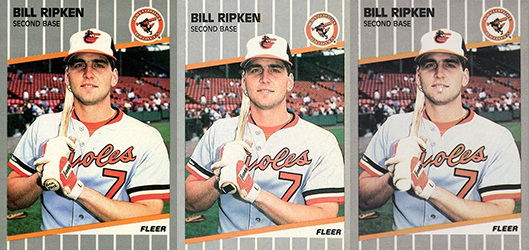
Variations Today
Variations have really seen an uptick since around 2000. In baseball, they’ve used them in their flagship baseball products for almost a decade to slip in different photos, retired players and the faces of dead Presidents. They’ve also used them in a lot of other sets, reaching back to vintage-style releases like 2002 Topps 206, 2003 Topps 205 and 2004 Topps Cracker Jack.
A decade ago, the majority of the variations were lumped in with regular short prints. While tougher to find, they could be found without costing too much time or money. It was plausible that anyone could get them all.
That’s changed. Not only has the number of variations increased, many have also become ridiculously hard to find. Sure, that means that prices can be strong, even when all that’s being done is a fake sparkle being added to an elbow. But they’ve also become a turnoff to some as it’s no longer feasible to get everything.
The modern hobby that’s become increasingly segmented. It’s impossible to please everyone so I won’t argue that point here. But even though I usually don’t care either way when it comes to variations, I do believe there’s a happy medium that could appease more collectors and make for strong base sets.
How Could Variations Work?
Just like everything in card collecting today, yesterday and forever, nothing will ever please everyone. Some are going to loathe variations no matter what. Others are going to get excited simply to have something rare, even if that’s just a speck of Photoshopped dirt or a picture of Bud Selig floating in the clouds.
But there’s a growing divide in these camps. And I think we’ve hit a point where they’re turning some people off of certain products more than driving sales of other products.
So let’s take a step back and see if variations can still work. And even though I’m usually in the “not a fan” camp, there are approaches I can accept.
First off, the number of sets with variations needs to drop significantly. If the idea is to create a treasure hunt of sorts based on which hand a player is holding a bat or football in, skip it. It’s not worth it.
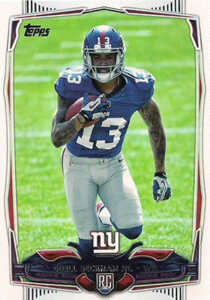
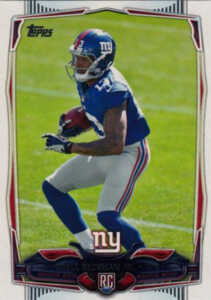
If it means an exciting photo is dropped from the mass-produced base set in favor of making it into a variation, only do it if it fits a theme. Thirty years ago, there weren’t as many sets as there are today. Then there’d be enough cool photos to have memorable shots on both a base card and a variation.
Today, image selection is more limited than ever it seems or constricted by tighter budgets. Combine that with dozens of sets each year and it’s hard to spread great shots that are usable and approved by the license holder like MLB and the MLBPA. So if the coolest shot is relegated to a random variation that few will have, I don’t think it’s worth it.
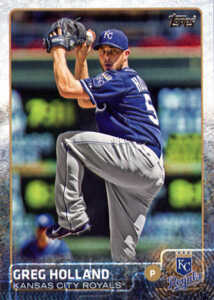
The base product would be more exciting on a year-to-year basis if many of the unique shots I’ve seen used as variations in the past few years were offered to the masses.
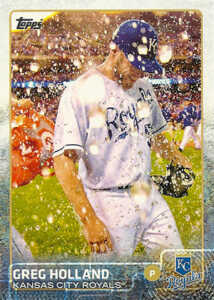
I think the Sparkles in 2014 and 2015 Topps Baseball prove that rarity is what drives variations. And if that’s the case, why not use the mundane shots of pitchers in their windup or batters mid-swing as the variations? This saves the unique shots for what more people collect and enjoy. And those that loath these types of inserts might find it easier to skip over them as they won’t feel like they’re missing out on something superior.
Better yet, use themes for variations like the Hall of Famers, Pie in the Face or Abraham Lincolns that Topps used a couple of years ago. Some of these weren’t my thing, but it gave the variations a sense on continuity and purpose. It also made the cards significantly different. They were interesting and made the debate worth it.
I understand that variations aren’t going to go away. That’s fine. I just hope we can maybe see a little more attention paid to their reasoning as well the impact they can have on a base set. In their current form, many variations are undercutting the base cards that should be the core of the product.
What do you think about variations in their current form?


















The sparkle variations are another example of a novelty that has run into the ground, like the jersey card. The alternate photo ones are much cooler, but like you said, their appeal is subject to decline since they are made almost impossible to pull. It’s always a fine line between somewhat scarce (one per every several packs) and therefore obtainable but not resellable for the price of the whole box vs. impossible to pull (and if you do it will be a scrub player, not the HOF’er shown in the ads) so why bother.
Worst part is that this is how the sets have to be marketed these days. To keep up with shorter attention spans and the perceived necessity to come up with something amazingly spectacular every year, all you see shown as examples of new sets are the super-rare mojo hits and special one-per-case items that us small budget collectors (read <$1000 per product) will never see. I find myself asking "What do the base cards look like?" when I see dealer ads for new products.
Put the obtainable SPs in the sets catered to set builders and leave the super rare mojo for the high end stuff. Don't ever do a 2015 Topps Archives again!